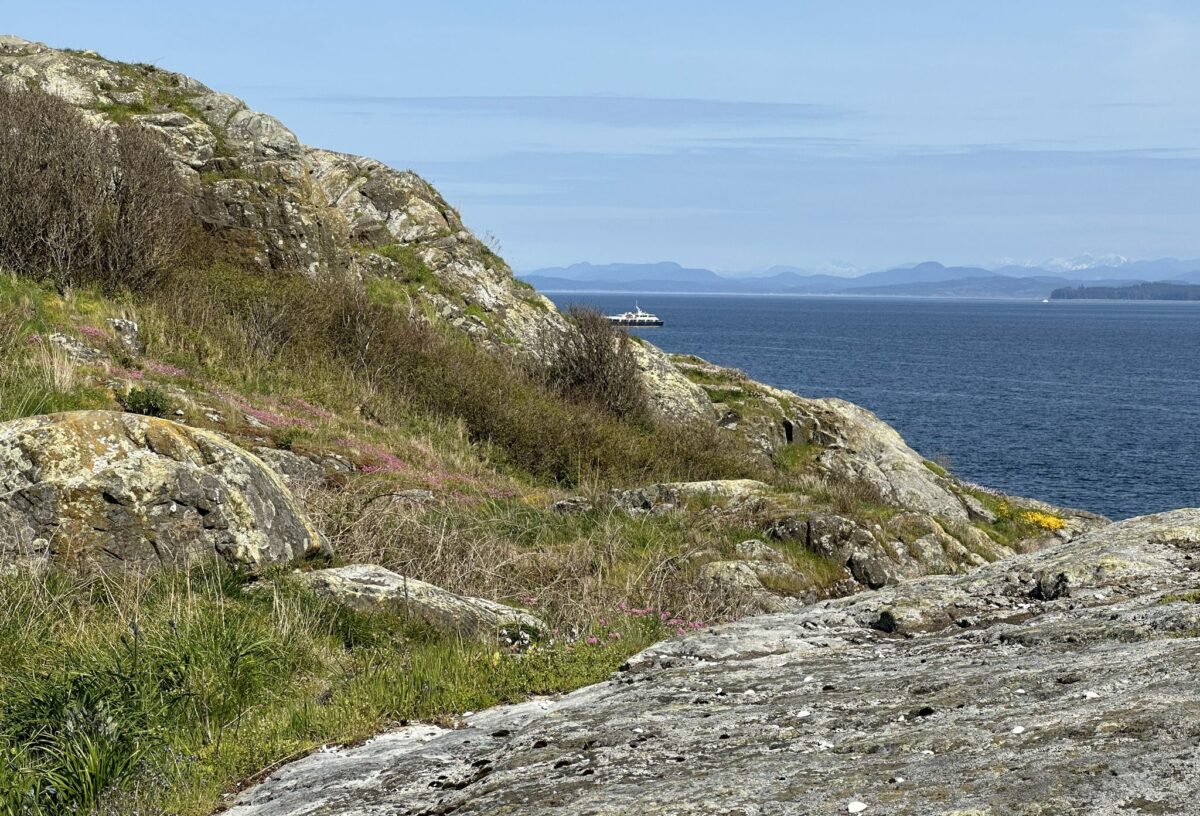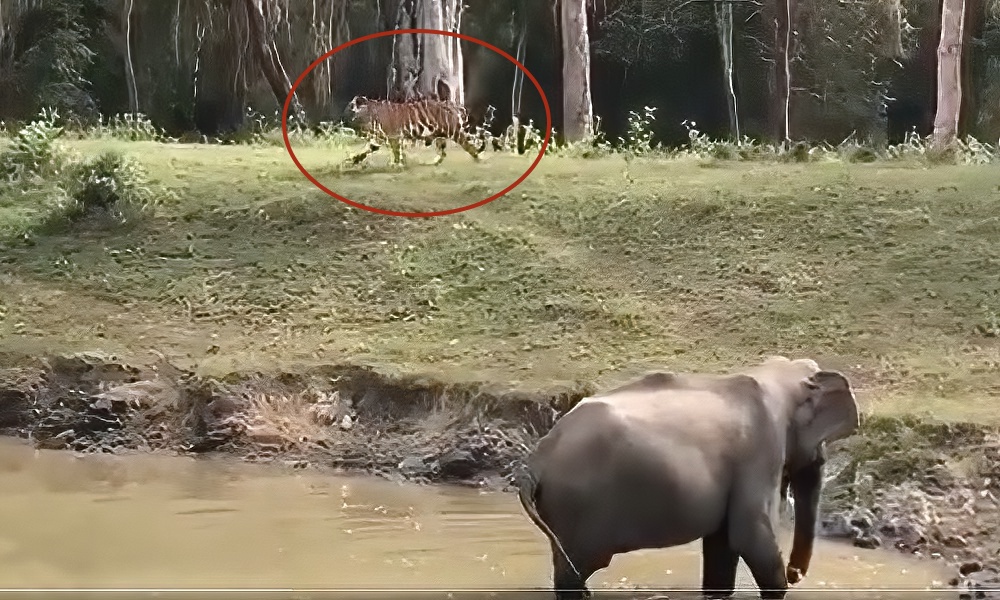This summer, big changes are coming to one of Marina, California’s top seaside destinations. The Sanctuary Beach Resort enjoys an enviable location on Monterey Bay between Carmel Valley and the Marina Dunes Preserve. Surrounded by stunning scenery, this hotel takes pride in its connection to the California coast. In June 2024, The Sanctuary Beach Resort will take its love for local landscapes to the next level by launching 60 thoughtfully reimagined rooms and suites. Here are a few of the Earth-friendly features you can look forward to at this luxurious eco-lodge.
“The Sanctuary Beach Resort provides more than just an uninterrupted seaside escape. It’s an invitation to reconnect with yourself, others and nature,” the resort explains on its website.

The Sanctuary Beach Resort’s eco-lodge offerings
The resort enlisted interior design and architecture firm FAROUKI FAROUKI to incorporate locally-made artwork and wellness-focused elements into the soon-to-be-unveiled rooms and suites. But these changes represent just one part of The Sanctuary Beach Resort’s connection to nature, sustainability, and wellness.

Earth-conscious efforts throughout the resort (and its restaurant Salt Wood Kitchen & Oysterette) are what make this destination so appealing to adventurers seeking an eco-lodge experience. Protected areas across the property help preserve local flora. Gardens incorporate native and drought-resistant plants. The beachfront cottages even provide visitors with organic, vegan-friendly bath products from Grown Alchemist.

According to a recent press release, “With close proximity to such ecological wealth, The Sanctuary is committed to prioritizing eco-conscious practices and urging guests to appreciate the dunes through guided walking explorations and protective areas with educational signage to deepen visitors’ understanding and appreciation for this unique ecosystem.”

Travelers curious to explore The Sanctuary’s nature-focused programs can enjoy everything from beach yoga and guided nature walks to Coastal Jazz Nights. Guests who want to upgrade their seaside relaxation can also check out the resort’s spa for holistic wellness treatments. Discover more about the hotel, its programs, and its green initiatives here.








